This article was co-authored by Heather Richmond, MD. Dr. Heather Richmond, MD is a board certified Dermatologist at Dermatology and Laser Surgery Center in Houston, Texas. With over nine years of experience, Dr. Richmond specializes in comprehensive dermatology including medical, surgical, and cosmetic procedures. She graduated cum laude from Yale University with a BA in Molecular, Cellular, and Developmental Biology. She earned her MD from the University of California, Irvine School of Medicine, where she was inducted into the Alpha Omega Alpha Honor Medical Society. She completed her Internal Medicine internship at Cedars-Sinai Medical Center and her Dermatology residency at The University of Texas MD Anderson Cancer Center in Houston. Dr. Richmond is a fellow of the American Academy of Dermatology and is a member of the American Society for Dermatologic Surgery, American Society for Laser Medicine and Surgery, and the Texas and Houston Dermatological Societies.
There are 12 references cited in this article, which can be found at the bottom of the page.
This article has been viewed 17,866 times.
Nobody likes having warts. While they may be annoying and unattractive, they’re actually harmless and you can get them to go away. Periungual warts show up on the edges of your fingernails or toenails, but they’re caused by the same virus that causes other warts and they can be treated similarly. If you have periungual warts, don’t worry. There plenty of treatment options you can use to remove them.
Steps
Background
-
1Warts are harmless skin growths. While warts can be unsightly, they’re benign and won’t cause any actual medical issues. They’re also super common, especially in children. Periungual warts are generally painless and can be effectively treated.[1]
-
2Periungual warts occur at the margins of your finger and toenails. Warts are classified based on their appearance and location. Plantar warts, for instance, occur on the plantar surface of the foot. Periungual warts only appear on the outer edges of your fingernails and toenails.[2]
- Subungual warts are similar to periungual, but they form under your fingernails or toenails.[3]
Causes
-
1Warts are caused by the human papillomavirus (HPV). When the virus enters your skin, it causes an infection that forms warts. All warts are caused by HPV and periungual warts are no exception. There are more than 150 different types of papillomavirus. The type of wart that you have depends on which kind of HPV you’re exposed to.[4]
-
2Warts are transmitted by touch. Warts are spread by contact with another person that has them. It could be direct, skin-to-skin contact or through sharing personal items such as clothes, bedding, or towels. You can also spread warts from 1 part of your body by touching them.[5]
-
3Children are more likely to get warts but they can happen at any age. Though it’s not fully understood why, warts are more common during childhood. They also clear up on their own more quickly in children. However, anybody can get warts at any point in their life.[6]
Symptoms
-
1Periungual warts appear as thickened skin around your finger or toenails. It can take several weeks or months for the wart to grow to a noticeable size. When it does, you’ll notice rough, thick skin growths on the edges of your fingernails.[7]
-
2They can sometimes cause painful splits in the skin. If periungual warts get large enough or if you pick at them, they can cause fissures, which are splits in your skin. The splits can be painful and potentially lead to an infection if they aren’t treated.[8]
Diagnosis
-
1Most warts can be diagnosed with a physical exam. If you think you have warts, make an appointment with your doctor or dermatologist. They’ll examine the skin growths and look for tell-tale signs of warts. Usually, a simple exam is enough for a doctor to rule out other causes and diagnose warts.[9]
- Your doctor may use a scalpel to peel off the top layer of the growth to look for clogged capillaries that are classic signs of warts.
-
2A shave biopsy can rule out other types of skin growths. If your doctor isn’t fully convinced that you have warts, or if they want to be sure it’s not another skin problem, they may order a biopsy. They’ll cut away a small section of the growth to analyze it in a lab and determine its cause.[10]
Treatment
-
1Use OTC wart removal medications at home. Wart medications use salicylic acid to dissolve warts one layer at a time.[11] They come in liquid, gel, and patch form. Apply the medication according to the directions on the packaging until your warts are gone.[12]
- Your doctor may also prescribe stronger wart removal medication.
-
2Freeze warts with cryotherapy treatments from your doctor. Cryotherapy, a.k.a. freezing, is done by applying liquid nitrogen to your warts.[13] The freezing causes blisters to form beneath and around your warts which will help remove the tissue and stimulate your body’s immune system to fight off warts. Talk to your doctor or dermatologist about cryotherapy treatments.[14]
- Cryotherapy must be performed by your doctor and can include side effects such as pain, blistering, and discolored skin in the treated area.
- Freezing usually isn’t done on children because it can sometimes be painful.
-
3Talk to your doctor about electrocautery treatments to burn off warts. Another option is to zap warts off using electricity. Your doctor or dermatologist will use a specialized instrument that uses an electrical current to burn warts off. Ask your doctor if electrocautery is a viable option for you.[15]
-
4Ask your doctor about excising or laser surgery for stubborn warts. If your warts aren’t responding to other treatments, your doctor may choose to excise, or cut them off with a scalpel. They may also choose to remove them with a specialized laser.[16]
Prevention
-
1Avoid direct contact with warts, including your own. If someone else has warts, do your best to avoid touching the affected area. Additionally, try not to pick at or touch any warts that you have. You could easily spread the HPV to other parts of your body and cause additional warts.[18]
- If you do touch a wart, wash your hands thoroughly with soap and water.
- Avoid shaving over a wart as well. Your razor could spread the virus to other regions.
-
2Don’t share personal items like towels with people who have warts. HPV is highly infectious and super easy to spread. Don’t share bedding, clothing, or personal items like towels and washcloths with anyone who has warts to reduce your chances of getting them.[19]
- Wash your bedding and clothing often to prevent spreading HPV from 1 part of your body to another.
Expert Q&A
-
QuestionHow can I treat periungual warts at home?
 Heather Richmond, MDDr. Heather Richmond, MD is a board certified Dermatologist at Dermatology and Laser Surgery Center in Houston, Texas. With over nine years of experience, Dr. Richmond specializes in comprehensive dermatology including medical, surgical, and cosmetic procedures. She graduated cum laude from Yale University with a BA in Molecular, Cellular, and Developmental Biology. She earned her MD from the University of California, Irvine School of Medicine, where she was inducted into the Alpha Omega Alpha Honor Medical Society. She completed her Internal Medicine internship at Cedars-Sinai Medical Center and her Dermatology residency at The University of Texas MD Anderson Cancer Center in Houston. Dr. Richmond is a fellow of the American Academy of Dermatology and is a member of the American Society for Dermatologic Surgery, American Society for Laser Medicine and Surgery, and the Texas and Houston Dermatological Societies.
Heather Richmond, MDDr. Heather Richmond, MD is a board certified Dermatologist at Dermatology and Laser Surgery Center in Houston, Texas. With over nine years of experience, Dr. Richmond specializes in comprehensive dermatology including medical, surgical, and cosmetic procedures. She graduated cum laude from Yale University with a BA in Molecular, Cellular, and Developmental Biology. She earned her MD from the University of California, Irvine School of Medicine, where she was inducted into the Alpha Omega Alpha Honor Medical Society. She completed her Internal Medicine internship at Cedars-Sinai Medical Center and her Dermatology residency at The University of Texas MD Anderson Cancer Center in Houston. Dr. Richmond is a fellow of the American Academy of Dermatology and is a member of the American Society for Dermatologic Surgery, American Society for Laser Medicine and Surgery, and the Texas and Houston Dermatological Societies.
Board Certified Dermatologist You can use an over-the-counter cryotherapy option to freeze the wart and prevent it from spreading.
You can use an over-the-counter cryotherapy option to freeze the wart and prevent it from spreading.
Warnings
- Don’t try to cut or pull off warts yourself. You could potentially cause an infection.⧼thumbs_response⧽
References
- ↑ https://www.hopkinsmedicine.org/health/conditions-and-diseases/warts-in-children
- ↑ https://www.aafp.org/afp/2003/0315/p1233.html
- ↑ https://my.clevelandclinic.org/health/diseases/15045-warts
- ↑ https://www.ncbi.nlm.nih.gov/books/NBK431047/
- ↑ https://www.ncbi.nlm.nih.gov/books/NBK431047/
- ↑ https://www.hopkinsmedicine.org/health/conditions-and-diseases/warts-in-children
- ↑ https://www.marshallhealth.org/services/dermatology/warts/
- ↑ https://www.marshallhealth.org/services/dermatology/warts/
- ↑ https://www.marshallhealth.org/services/dermatology/warts/
- ↑ https://my.clevelandclinic.org/health/diseases/15045-warts/diagnosis-and-tests
- ↑ Heather Richmond, MD. Board Certified Dermatologist. Expert Interview. 15 September 2020.
- ↑ https://my.clevelandclinic.org/health/diseases/15045-warts/management-and-treatment
- ↑ Heather Richmond, MD. Board Certified Dermatologist. Expert Interview. 15 September 2020.
- ↑ https://www.healthlinkbc.ca/health-topics/cryotherapy-warts
- ↑ https://www.aafp.org/afp/2003/0315/p1233.html
- ↑ https://www.marshallhealth.org/services/dermatology/warts/
- ↑ https://dermnetnz.org/topics/viral-wart
- ↑ https://my.clevelandclinic.org/health/diseases/15045-warts/prevention/
- ↑ https://www.hopkinsmedicine.org/health/conditions-and-diseases/warts-in-children
- ↑ https://www.health.harvard.edu/diseases-and-conditions/how-to-get-rid-of-warts

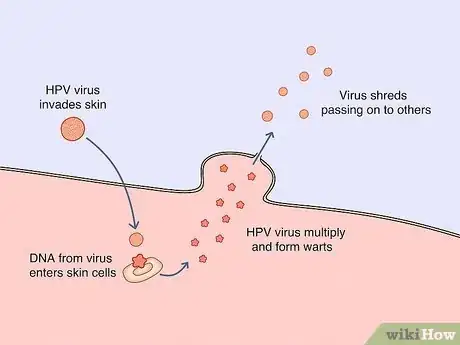
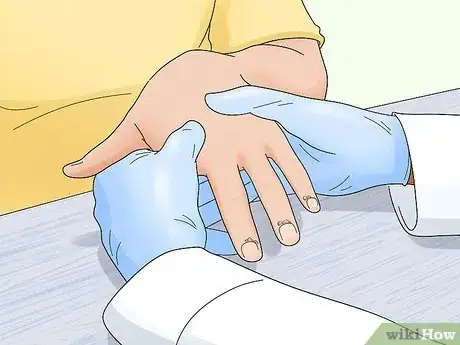
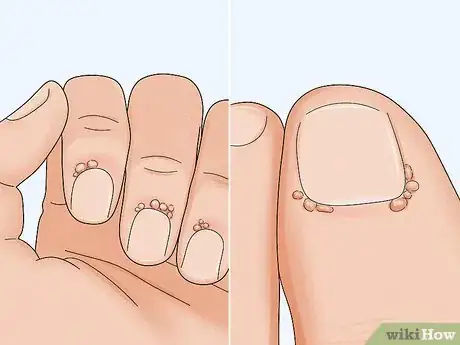
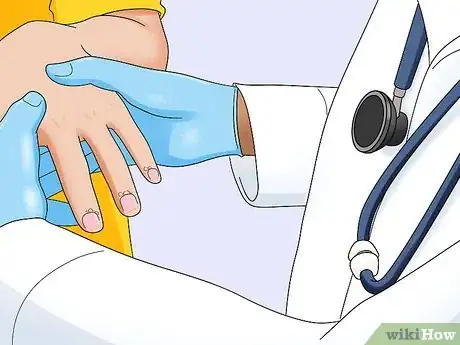
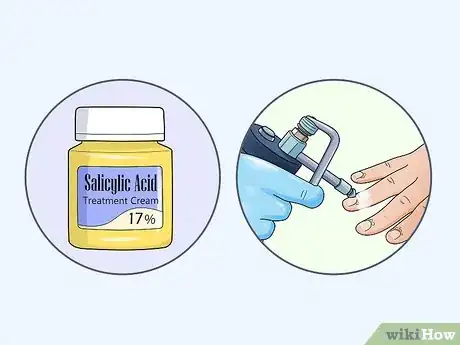

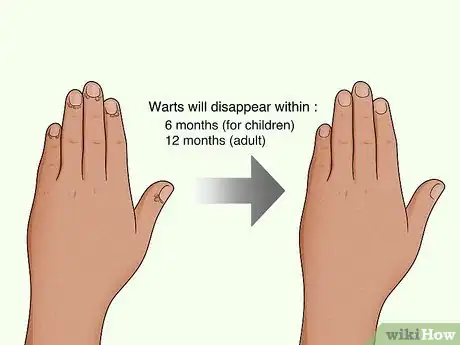

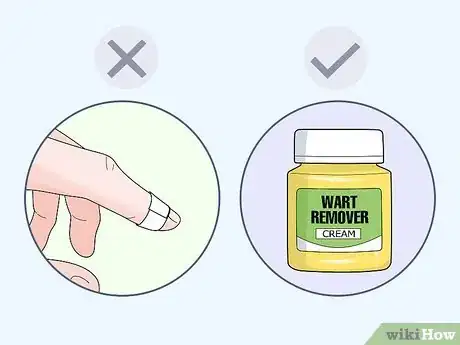
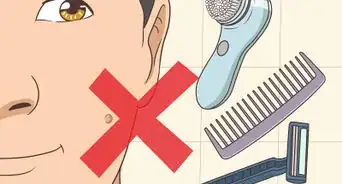
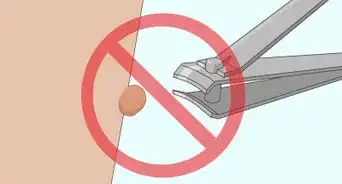
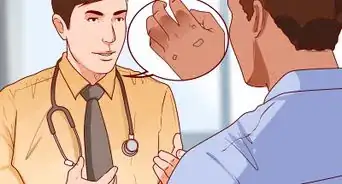
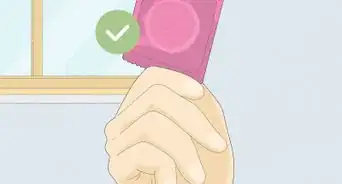
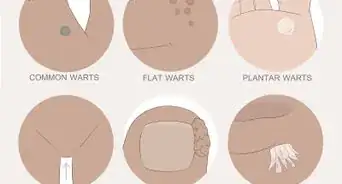
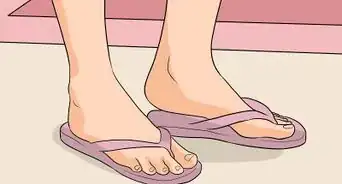

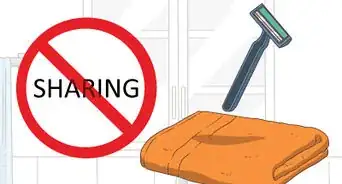
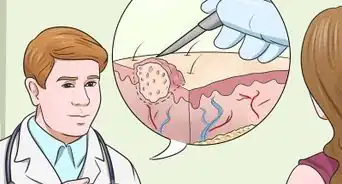

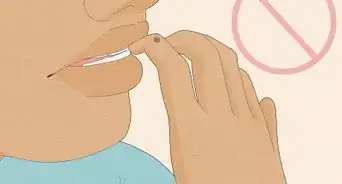
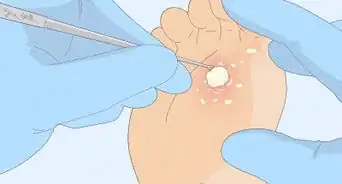
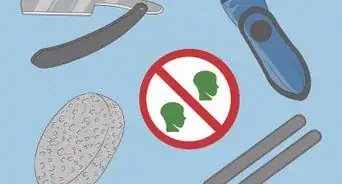
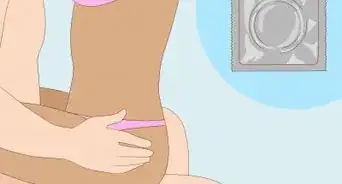






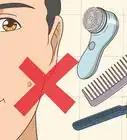
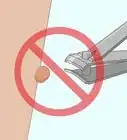
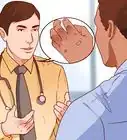
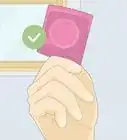



































Medical Disclaimer
The content of this article is not intended to be a substitute for professional medical advice, examination, diagnosis, or treatment. You should always contact your doctor or other qualified healthcare professional before starting, changing, or stopping any kind of health treatment.
Read More...